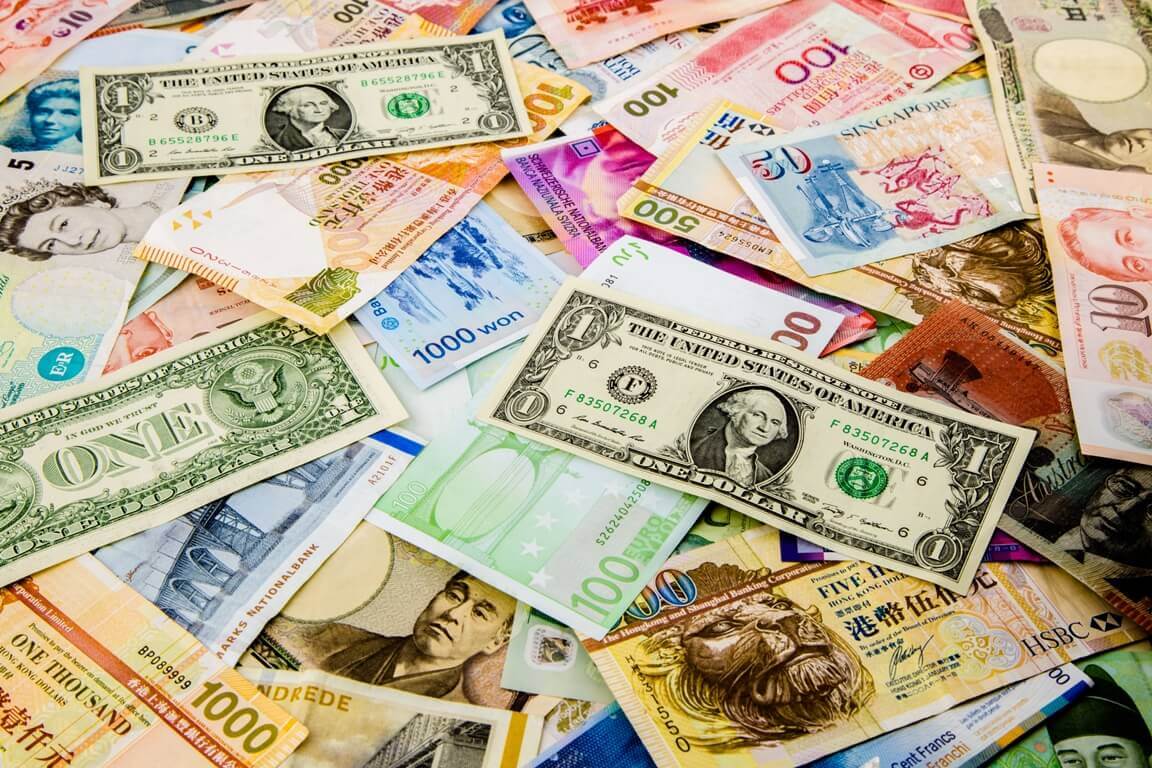The Japanese yen briefly dropped to a fresh two-decade low on Wednesday. The Bank of Japan stepped into the market once again to defend its ultra-low interest-rate policy. The latter is in sharp contrast with the United States, where bond yields reached new highs.
Despite a short decline, the Japanese unit bounced in London trading. Increased concerns around verbal intervention, along with growing speculation around an impending bilateral meeting between U.S. Treasury Secretary Yellen and her Japanese counterpart, encouraged investors to trim some short bets.
According to the analysts, positioning in the derivatives and currency futures suggest the Japanese yen weakness still has more room to run. The BOJ offered to buy unlimited amounts of Japanese government bonds again, aiming to check the rise in Japanese 10-year yields. The latter were butting against the bank’s 0.25% tolerance ceiling.
On the other hand, Treasury yields skyrocketed to three-year highs. Inflation-adjusted bond yields jumped to the positive territory for the first time since March 2020. Hawkish comments by policymakers reinforced traders’ expectations of aggressive U.S. interest rate hikes.
On Wednesday, the U.S. dollar exchanged hands at 129.43 yen for the first time since April 2002 in Asian trading. But it declined to trade 0.9% lower at 127.82 at last. Vasileios Gkionakis, EMEA head of FX G10 Strategy at Citibank, noted that the 130 is a psychological level; if traders break it, then momentum will likely drive the USD/JPY pair even higher. This is a play on monetary policy divergence with the Federal Reserve in tightening mode and the Bank of Japan still easing.
What do Commerzbank strategists think?
The Japanese currency remains the loser of the monetary policy normalization, – stated Commerzbank strategists. The greenback’s rally against the Yen has come as U.S. Treasury yields pushed higher, with 10-year yields soaring by 2.981% for the first time since December 2018 in Tokyo trading.
In Europe, the euro gained handsomely in London. Media reports said that some ECB policymakers were forecasting a first rate hike as early as July 2022. The common currency climbed up as much as 0.6% to $1.0853 on Wednesday.
The dollar index matched Tuesday’s high at 101.03 early in the day against six major peers, including the Yen. That is a level not seen since March 2020. However, the index eased to 100.38 soon, down 0.6% in the day.
The offshore Chinese currency also declined today. It overall lost 0.4% to 6.44 yuan per dollar. Emerging market stocks were flat in Asia due to China’s wary response to the COVID-19 stimulus. South Africa’s rand plunged to its lowest level in one month. Severe power cuts weakened the currency, and inflation came in just below expectations in March.
Furthermore, developing markets in Asia, especially those in China and Hong Kong, tumbled down after China’s central bank kept its benchmark lending rates unchanged. Investors haven’t expected that move. The MSCI’s index for EM equities remained flat.
EM currencies are trading in the red. What caused their downfall?
A strengthening dollar pressured emerging market currencies today, with the MSCI’s index for EM currencies plummeting by 0.2%. South Africa’s rand declined by 0.7% to 15 against the dollar, hitting its lowest level since mid-March. The currency extended decreases to the third day as floods, and a ramp-up in scheduled power cuts by state utility Eskom bolstered fears of economic constraints in Africa’s most industrialized nation.
Besides, data showed consumer inflation jumped to 5.9% year on year in March. That is slightly less than the 6.0% that analysts had forecast, but it remains within the South African Reserve Bank’s 3%-6% target range.
Economists are fighting red-hot inflation against the backdrop of soaring commodity prices and the Ukraine war worldwide. Turkey and Russia are facing the highest inflationary pressures. Turkey’s lira dropped by 0.2% against the dollar. On the other hand, the onshore rate of the Russian rouble strengthened.
Central banks in both economies have applied a series of measures to contain any real damage. Turkey’s Central Bank reduced the interest rate to zero. It also ended the practice of making additional interest payments on sums converted from foreign currency to its currency by real persons.
However, Tatha Ghose, FX and EM analyst at Commerzbank noted that even though the measures by the Turkish central bank fall into the category of soft capital controls, they aren’t helping the exchange rate.











